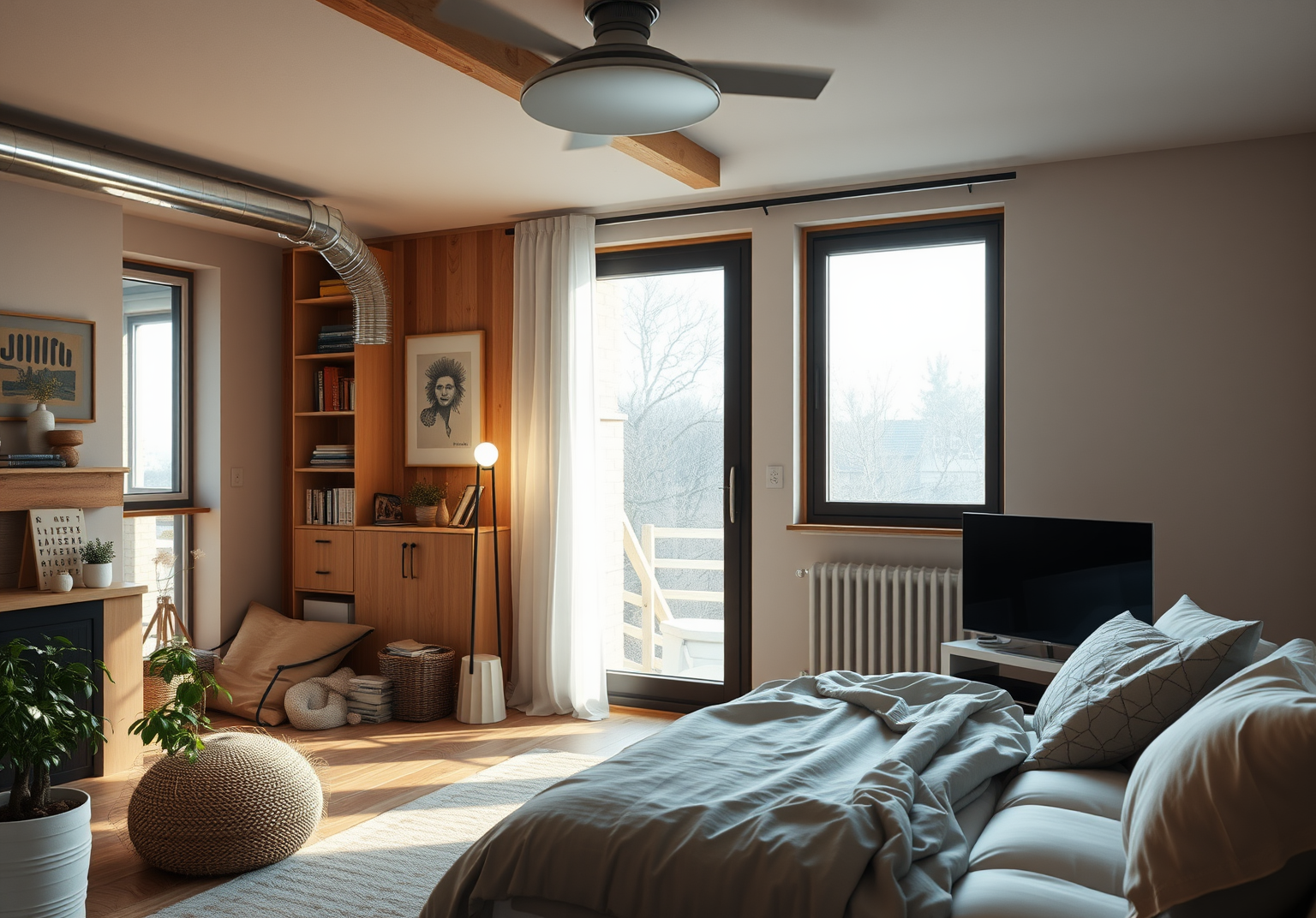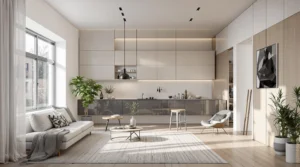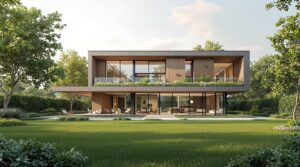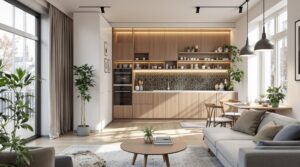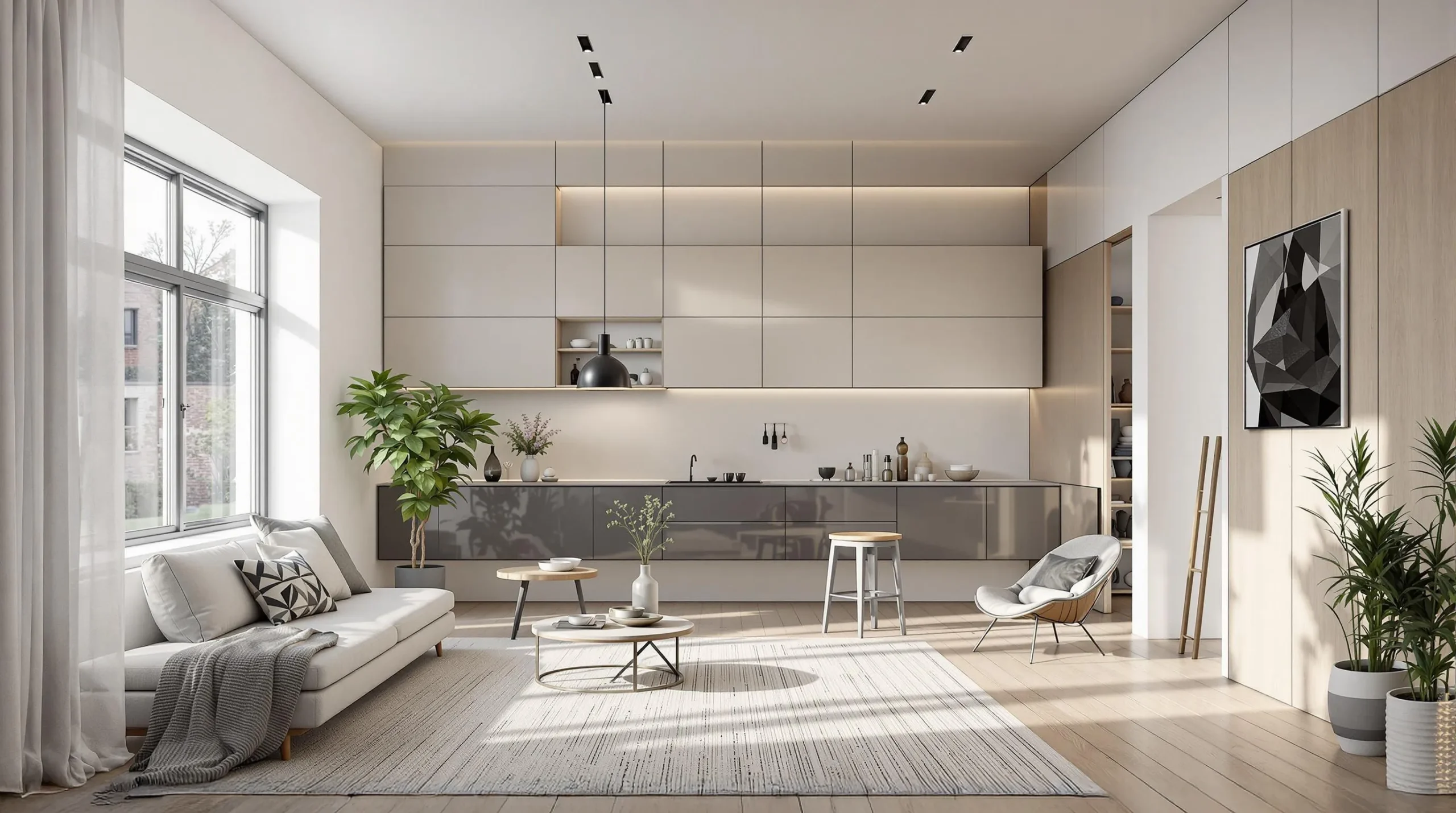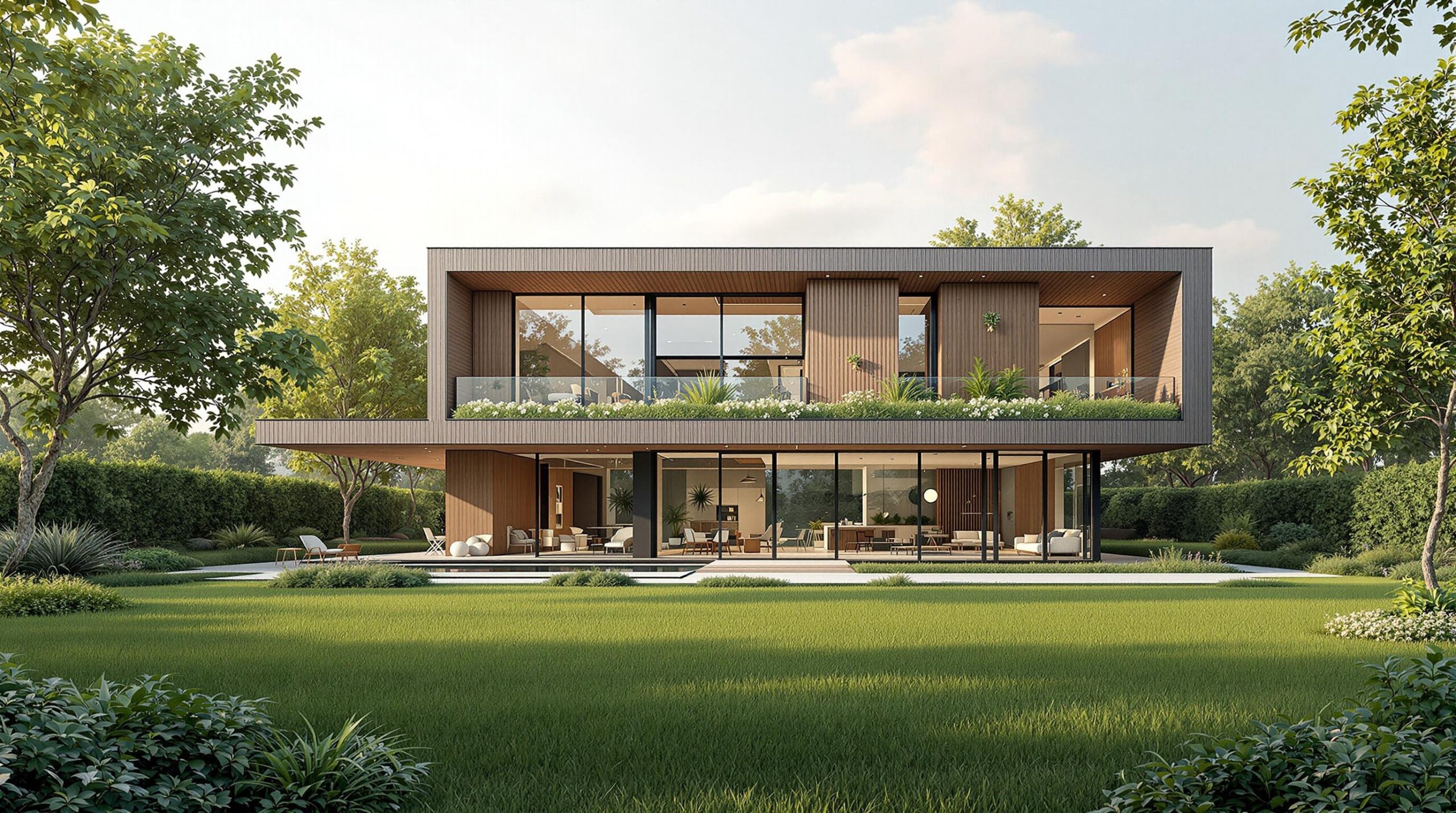The Importance of Ventilation in Home Renovation: Fresh Air and Healthier Living
Introduction
When undertaking a home renovation, one of the most critical aspects to consider is ventilation. Proper ventilation is essential for maintaining good indoor air quality, which directly impacts the health, comfort, and energy efficiency of your home. In this article, we will explore the importance of ventilation in home renovation, discuss various types of ventilation systems, and share practical tips for ensuring optimal indoor air quality.
Basic Concepts
What is Ventilation?
Ventilation is the process of introducing fresh air into a building while removing stale air. This exchange is crucial for diluting indoor air pollutants, reducing humidity, and maintaining a healthy indoor climate.
Why is Ventilation Important?
Ventilation is vital for several reasons:
- Health: It reduces carbon dioxide levels, prevents the growth of germs, and maintains a healthy indoor environment.
- Comfort: Proper ventilation helps regulate indoor temperature and humidity, making the living space more comfortable.
- Energy Efficiency: Ventilation can reduce energy consumption by minimizing the need for heating and cooling.
Types of Ventilation Systems
Mechanical Ventilation
Mechanical ventilation systems use fans and ducts to introduce fresh air and remove stale air. These systems are popular in modern homes due to their energy efficiency and ability to meet stringent energy performance standards.
Balanced Mechanical Ventilation
Balanced mechanical ventilation systems ensure that the amount of fresh air entering the home equals the amount of stale air being removed. This balance is essential for maintaining optimal indoor air quality. However, these systems require proper maintenance to function effectively.
Mechanical Ventilation with Heat Recovery (MVHR)
MVHR systems recover heat from outgoing stale air and use it to warm incoming fresh air, reducing energy consumption. These systems are particularly suitable for homes in colder climates and those focused on energy efficiency.
Natural Ventilation
Natural ventilation relies on wind and temperature differences to ventilate a building without mechanical systems.
Wind Ventilation
Wind ventilation uses air pressure differences to drive air through openings like windows and rooftop vents. This method is cost-effective but depends on the strategic placement of openings.
Stack Ventilation
Stack ventilation leverages the natural convection of air, where warm air rises and cooler air sinks. Openings at the top and bottom of the building facilitate this airflow, making it an efficient solution for multi-story homes.
Night-Purge Ventilation
Night-purge ventilation involves opening windows at night to release heat and cool the home’s thermal mass. This is particularly effective in areas with significant day-night temperature differences.
Impact of Ventilation on Indoor Air Quality
Indoor Air Pollutants
Indoor air can be polluted by materials like paints, adhesives, and activities like cooking. Proper ventilation is essential to dilute these pollutants and maintain a healthy indoor environment.
Strategies for Improving Indoor Air Quality
- Plan Ahead: Conduct air quality tests before renovation to establish a baseline and track changes.
- Ensure Proper Ventilation: Use exhaust fans and open windows to direct contaminants outside.
- Dust Control: Seal off renovation areas with plastic sheeting and use HEPA filters in HVAC systems.
- Choose Low-VOC Materials: Opt for low-VOC or VOC-free paints and building materials.
Practical Tips for Home Renovation
Ventilate Day and Night
Ventilate your home continuously, even during colder months. Increase ventilation during activities like cooking or showering to remove moisture and pollutants.
Maintain Your Ventilation System
Clean ventilation grilles and replace filters regularly to ensure efficiency. Proper maintenance of heat recovery units will optimize their performance.
Consider Local Conditions
Factor in local environmental conditions when choosing a ventilation system. For example, urban homes may benefit from mechanical systems with air filtration to mitigate pollution.
Conclusion
Ventilation is a cornerstone of any successful home renovation. By understanding different ventilation systems and adopting strategies to improve indoor air quality, you can create a healthier, more comfortable, and energy-efficient home. Plan carefully, choose the right system, and maintain it well to enjoy the benefits of fresh air and healthier living.

